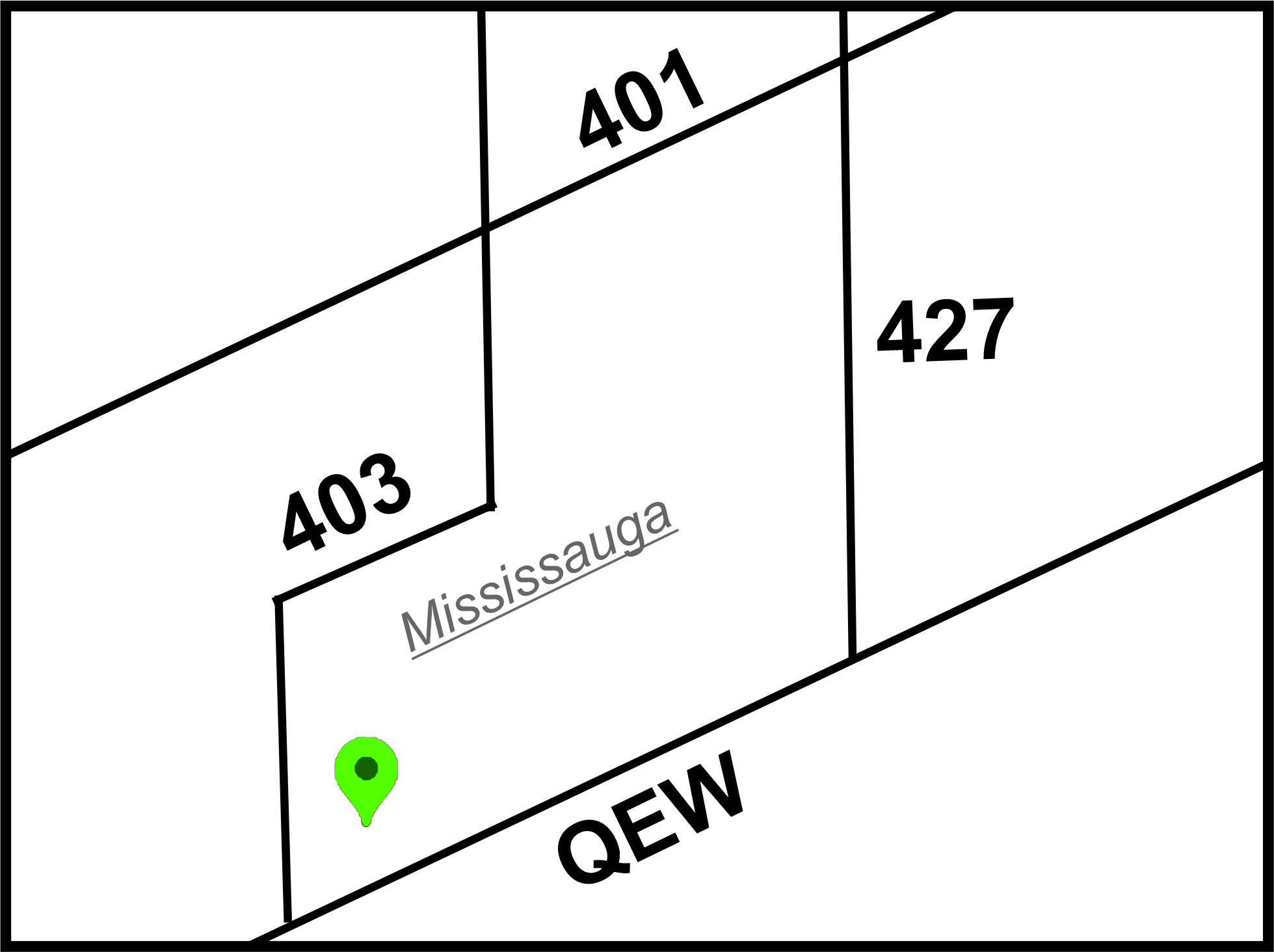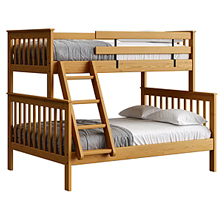
Blog Questions about beds and mattresses answered. And some stories told.
When selecting a bunk bed based on durability, the material it is made from plays a significant role in determining how long it will last. There are primarily two types of materials commonly used for bunk beds: wood and metal. Each of these materials has its advantages and durability characteristics. Here’s a closer look at which materials are generally longer-lasting and why:
1. Solid Wood Bunk Beds
Solid wood is widely considered the most durable and long-lasting material for bunk beds. The sturdiness of a solid wood bunk bed depends on the type of wood used, with harder woods generally offering more durability.
- Hardwoods:
- Examples: Oak, maple, cherry, and walnut. (Although it's not a traditional hardwood Yellow Pine is very solid and long lasting)
- Durability: Hardwoods are incredibly strong and can withstand a lot of wear and tear over time, making them excellent for long-term use. These types of wood tend to be highly resistant to dents and scratches, and they can support heavier weights without compromising structural integrity.
- Aesthetic Longevity: Hardwoods often have a beautiful grain that can be stained or finished in various ways, and they age well over time. With proper care, hardwood bunk beds can last for decades and can even be refinished to restore their original look.
- Cost: Because of their durability, hardwood bunk beds are often more expensive, but they offer an excellent return on investment due to their longevity.
- Softwoods:
- Examples: Pine, cedar, and spruce.
- Durability: While not as tough as hardwoods, high-quality softwood bunk beds can still last a long time, especially if properly maintained. Pine is particularly popular for bunk beds because it's more affordable and still reasonably durable.
- Aesthetic Longevity: Softwood beds can be painted or stained, but they are more prone to dents and scratches compared to hardwoods. With regular upkeep, a softwood bed can last for many years, though it may show signs of wear sooner than a hardwood bed.
- Cost: Softwood bunk beds are generally more affordable than hardwood ones, making them a good option for those looking for long-lasting furniture on a budget.
2. Metal Bunk Beds
Metal bunk beds are another common option, and their durability depends heavily on the type of metal used and the quality of construction.
- Steel:
- Durability: Steel is highly durable and can last for a long time, especially when coated with rust-resistant finishes. High-quality steel bunk beds are strong, can support a lot of weight, and are less likely to break or warp over time compared to cheaper metals or poorly constructed wooden frames.
- Aesthetic Longevity: Metal beds may not age as gracefully as wood. They can show signs of rust, chips, or scratches, though this can be minimized with proper care and maintenance. However, steel beds tend to have a modern, sleek look that remains visually appealing.
- Cost: Metal bunk beds tend to be more affordable than hardwood options but can vary in price depending on the thickness and quality of the steel. Higher-end metal beds will often be more durable and long-lasting than cheaper models.
- Aluminum:
- Durability: Aluminum is lighter than steel and can be durable, but it's generally not as strong as steel or wood. Over time, aluminum beds may become more prone to bending or denting under heavy use, making them less ideal for heavier users or adults.
- Aesthetic Longevity: Like steel, aluminum can be susceptible to wear and tear, including dents, scratches, or a dulling finish, but it's resistant to rust and corrosion.
- Cost: Aluminum beds are often more affordable than steel, but their lighter weight and lower durability may mean they don't last as long as their steel counterparts.
3. Composite Woods (MDF or Particleboard)
While not as common for bunk beds, some less expensive options are made from composite wood materials like medium-density fiberboard (MDF) or particleboard.
- Durability: Composite wood materials are far less durable than solid wood or metal. These materials are prone to warping, cracking, and breaking over time, especially under the stress of heavy weight or frequent use. They are best suited for short-term use or in settings where the bed won’t experience heavy wear.
- Aesthetic Longevity: Composite wood beds may look fine initially but can start to show wear more quickly than solid wood or metal beds. They are also less resistant to moisture and can swell or deteriorate if exposed to water or humidity.
- Cost: The lower cost of MDF or particleboard beds can be tempting, but they often don't last nearly as long as solid wood or metal options, making them a less desirable choice for long-term use.
Key Considerations for Long-Lasting Materials:
- Joinery and Construction: Regardless of the material, how the bunk bed is constructed plays a huge role in its durability. Look for bunk beds with strong joinery methods, such as mortise and tenon or dowel joints for wood, or welded connections for metal. Poorly constructed beds, even if made from durable materials, won't last as long.
- Finish and Coating: Wood beds that have been properly sealed, stained, or painted are more resistant to moisture, scratches, and other wear and tear. Metal beds that are powder-coated or treated with a rust-resistant finish will be less prone to corrosion and damage over time.
- Weight Capacity: Always check the weight capacity of the bunk bed. Solid wood and high-quality metal bunk beds tend to have higher weight limits, making them better suited for older children, teenagers, or adults. Beds made from cheaper materials or with weaker construction can become less stable when pushed to their weight limit, leading to potential damage over time.
Conclusion: What Materials Last the Longest?
For long-term durability and longevity, solid hardwood (such as oak, maple, or cherry) is generally the best material for bunk beds followed closely by Yellow Pine. It offers exceptional strength, resists damage, and can last for decades with proper care. High-quality steel is also a great option, especially if you prefer a more modern look, as it can withstand heavy use and won’t warp or crack.
While softwood bunk beds can be a more affordable option that still lasts a long time, they may not be as resilient to heavy use as hardwood, metal or yellow pine. Avoid composite wood materials like MDF and particleboard if you're looking for a long-lasting solution, as they are prone to wear and breakage.
Nine Clouds Beds in Mississauga Ontario offers solid wood bunk beds in a multitude of configurations from Twin over Twin to Queen over Queen.



 Copyright © 2025 |
Copyright © 2025 |